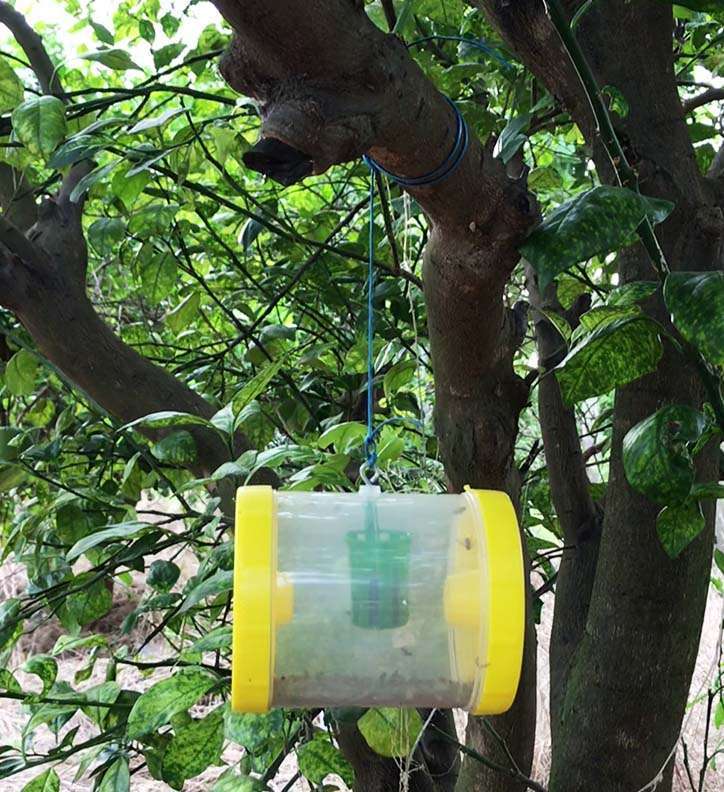Secrets of Sustainable Citrus Farming
Smart
Irrigation
Right
soil
Quality
Planting
No
Herbicides
Soil
fertility
Pest
Control
SMART IRRIGATION
Scheduling irrigation by factoring soil, season and growth stage is the real trick of successful citrus production. Irrigation methods like drip, sprinklers and flooding shall be used (often in tandem) to the best advantage of citrus trees. So is the drainage.
Deploying soil, weather and plant sensors will help us to understand the demand, supply and assimilation dynamics of irrigation water which in turn helps us in optimizing water utilization.
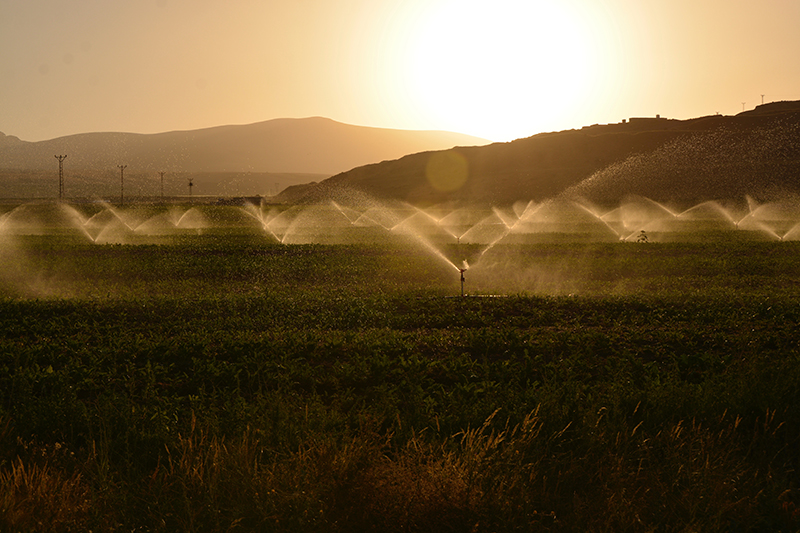
Right Soil
Deep, well drained, red loamy soil is ideal for citrus cultivation. In heavy soils, inducing stress for flowering as desirable is nearly impossible even though trees grow better. In sandy soils, inducing flowering is easy but the mortality will be high. Citrus trees decline quickly in calcarious soils and saline soils. Hard pans and seepages are obviously bad for citrus cultivation. However, the soils are rarely uniform in their texture and structure even in small orchards which usually gets reflected in variable growth and yield of trees.
A systematic analysis of soil’s physical, chemical and biological properties is essential for sustainable citrus production. This will certainly help us to avoid planting in problematic soils or to take better management decisions if already planted.
Quality Planting
Deadly diseases like Tristeza Virus, Citrus Greening or Huanglongbing (HLB), Citrus Variegated Chlorosis, etc. can be transmitted through infected rootstock and/or Scion material used for grafting. The planting material may look absolutely normal in the nursery. Plants may also appear healthy till they come to bearing. The problems start showing-up after 2 or 3 bearings making the growers helpless but to give up at that stage.
Careful selection of quality planting material from certified nurseries having recorded history of mother plants is of paramount importance. Mother plants have to be carefully protected from the insect vectors and need to be indexed before collecting scion material from them. Choice of rootstock will also play an important role in disease resistance, yield, quality and size of the fruits.
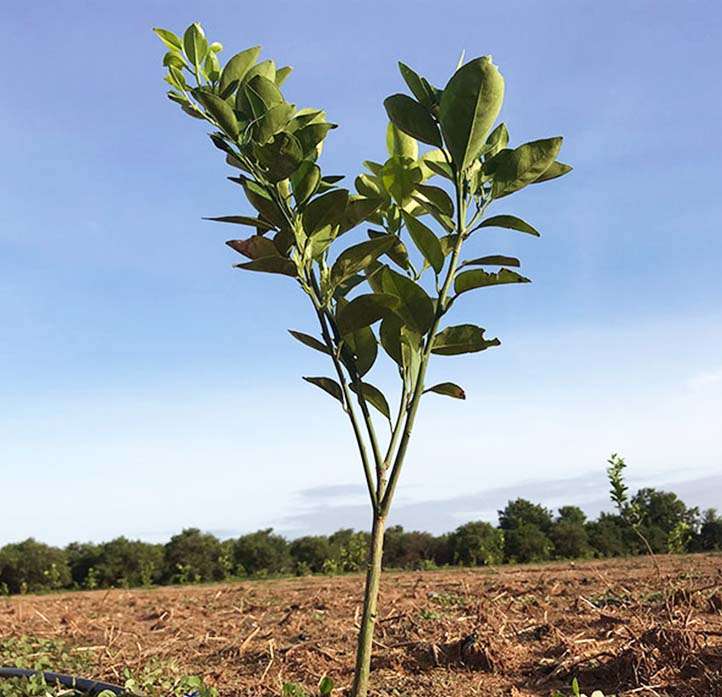
No Herbicides
Chemical-free weed management methods like mowing, mulching, intercultivation, cover crops, manual weeding etc. will improve the soil health and longevity of the orchard as compared to herbicide applications.
Non-selective systemic herbicides such as glyphosate can result in citrus decline if the drifts are not handled appropriately. Glyphosate can also kill soil microbes along with weeds.
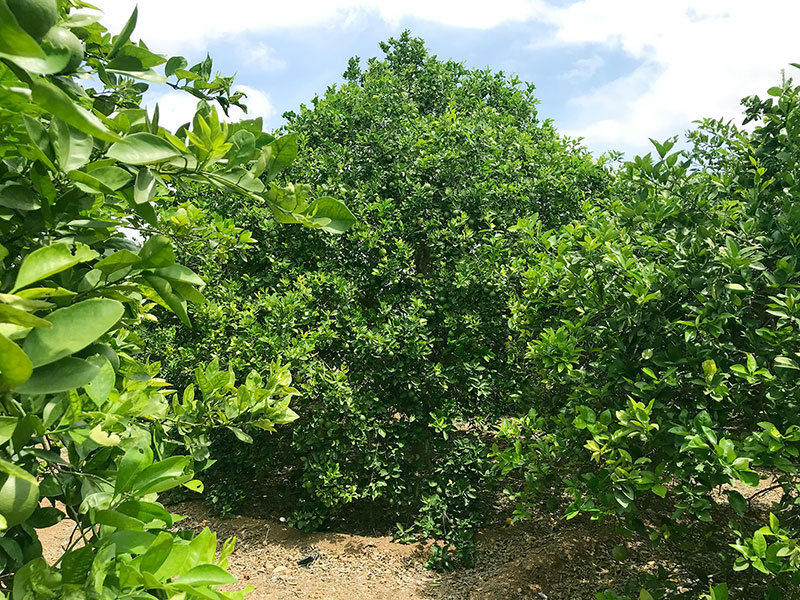
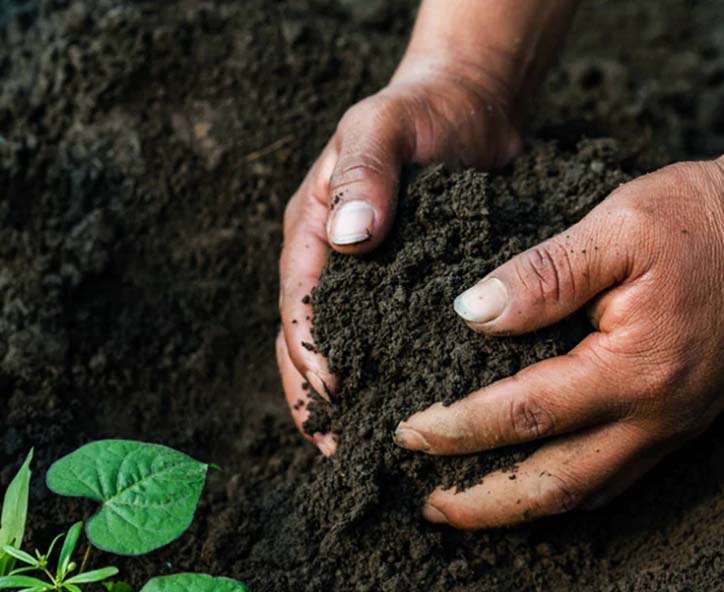
Soil Fertility
Soil fertility management shall be prioritized over plant nutrient management. Improving and maintaining soil organic matter above one per cent is most important in tropical environment. Plant centric nutrient management programs will give detrimental results in the long run as compared to soil centric fertility management programs.
Healthy and fertile soils will support the citrus trees better in fighting against deadly diseases like Tristeza, Greening, Variegated Chlorosis etc. Effective colonization of mycorrhiza in healthy soils can protect the roots from root rots and wilts besides fetching phosphorus for the citrus trees from the soil.
TIMELY PEST CONTROL
Citrus crop has many deadly diseases that can be transmitted by insect vectors. Hence, field scouting and pest control programs for citrus need to be very tight and pro-active. Scars, spots, and black patches on fruits caused by thrips, snow scales and red spider mites cannot be reversed. These damage marks can reduce the price and marketability of the citrus fruits to great extent. Management program for such instances must be timed perfectly. Regular scouting with rigorous focus on such scenarios is a prerequisite of quality citrus production.
Similarly, premature fruit drop shall be handled as immediately as it appears. Because, delayed treatments may lead to significant losses. Even after effective disease control, the affected fruit stocks cannot render the food supplies as before leading to reduced fruit size and quality.
